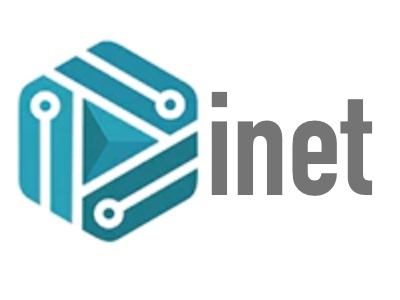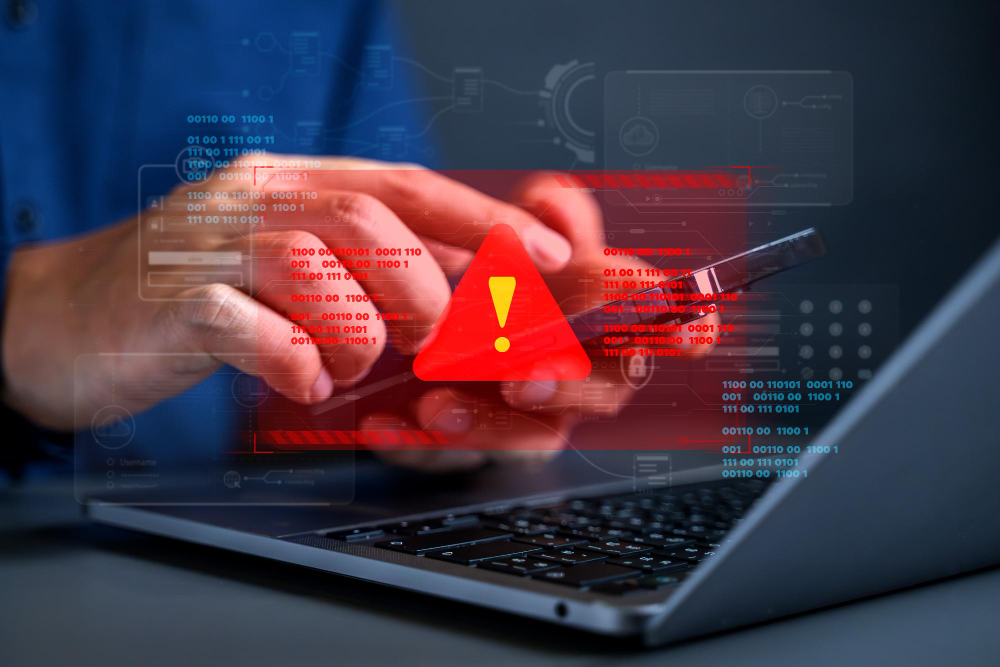In the vast realm of cybersecurity, there are three foundational principles that underscore every protection strategy: Confidentiality, Integrity, and Availability, commonly referred to as the CIA triad. Together, they form the bedrock upon which comprehensive cybersecurity practices are built. Let’s delve deeper into these principles, punctuated by a case study that exemplifies their importance in the real world.
1. Confidentiality
Confidentiality refers to the protection of information from unauthorized access and disclosure. This ensures that only those who should have access to data can access it.
Mechanisms to Ensure Confidentiality:
- Encryption: Transforms readable data (plaintext) into an unreadable form (ciphertext) using algorithms and cryptographic keys.
- Access Controls: Mechanisms like username-password combinations, biometric scans, and role-based access ensure that only authenticated users can access specific data.
- Steganography: The practice of hiding information inside other non-secret text or data.
2. Integrity
Integrity ensures that the data is trustworthy and not altered without authorization. It assures the receiver that the received data is the same as the sender intended.
Mechanisms to Ensure Integrity:
- Hash Functions: Produce a fixed-size string of bytes from variable-size transaction input. Any minor change in input will produce such a drastic change in output that the new hash will appear uncorrelated with the old hash.
- Digital Signatures: A mathematical technique used to validate the authenticity and integrity of a message, software, or digital document.
- Redundancy Checks: Techniques like Cyclic Redundancy Check (CRC) are used to detect errors in raw data, ensuring the data’s integrity during transmission.
3. Availability
Availability ensures that data and resources are accessible to those who need them when they need them.
Mechanisms to Ensure Availability:
- Data Backups: Regularly backing up data ensures its availability in case of events like data corruption, hardware failures, or cyber-attacks.
- Failover Systems: These are backup operational modes in which the functions of a system component switch to a secondary system when the primary system becomes unavailable.
- Distributed Denial-of-Service (DDoS) Mitigation Tools: Protects against attacks that aim to make a service unavailable by overwhelming it with traffic.
Case Study: The Healthcare Breach
Background: Imagine a top-tier healthcare provider, MedHealth Inc., boasting millions of patients, state-of-the-art medical technologies, and a significant digital presence. However, a significant oversight in their IT infrastructure led to a catastrophic breach.
The Breach: An attacker exploited a vulnerability in the web application portal where patients could book appointments and view their medical histories. By bypassing weak access controls and exploiting a SQL injection vulnerability, the attacker was able to access confidential patient data, modify records, and even make some services unavailable.
Impact:
- Confidentiality: Patient data, including names, addresses, medical histories, and financial details, were exposed. This not only violated privacy laws but also placed patients at risk of identity theft and fraud.
- Integrity: The attacker, having gained unauthorized access, manipulated patient records. This alteration could result in grave consequences, such as incorrect treatments or medications.
- Availability: The attacker initiated a DDoS attack, making the portal unavailable. Patients couldn’t book appointments, access their histories, or communicate with their doctors.
Resolution and Lessons:
MedHealth Inc. brought in a cybersecurity firm to address the breach. Here’s how they restored the CIA principles:
- Confidentiality: All vulnerabilities in the web portal were addressed, and data in transit was encrypted. A comprehensive audit of access controls was conducted, ensuring that only authorized personnel could access specific data. Patients were also provided with credit monitoring services to counteract potential identity theft.
- Integrity: System logs were analyzed to determine which records were altered, restoring them from the most recent backup. Additionally, digital signatures were introduced for crucial data, ensuring that any unauthorized modifications could be instantly detected.
- Availability: DDoS mitigation tools were put in place, and the infrastructure was scaled to handle more massive traffic volumes. Regular backups and the introduction of failover systems ensured data and services would remain available even during potential future attacks.
The CIA triad, while seemingly simple, forms the crux of any robust information security strategy. The MedHealth Inc. breach underscores how lapses in any of the three principles can have cascading ramifications. In a world teeming with digital threats, adhering to the tenets of Confidentiality, Integrity, and Availability isn’t just best practice—it’s an imperative.




